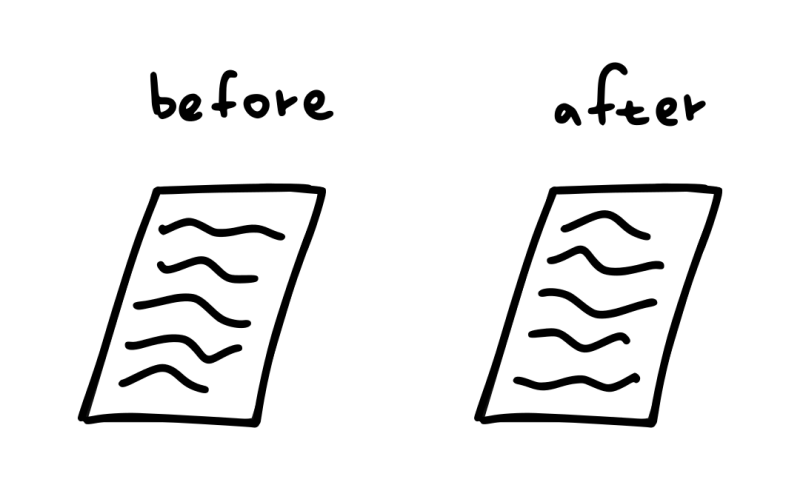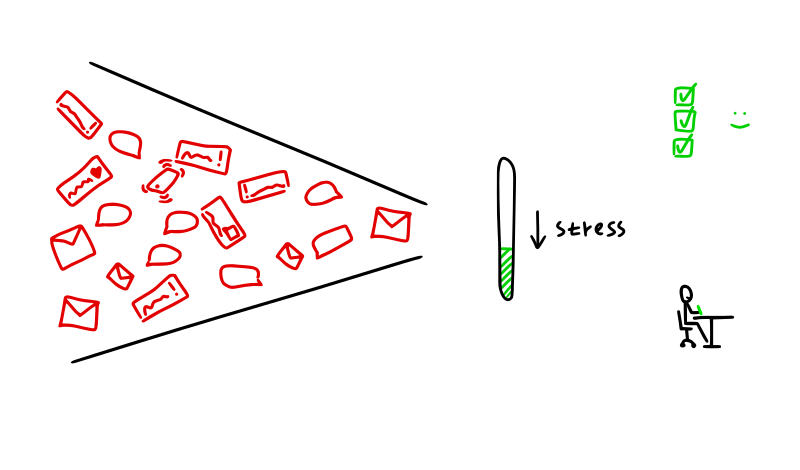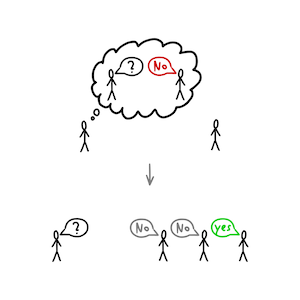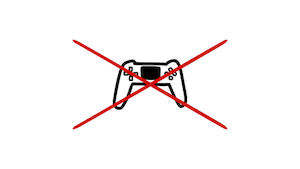How to find motivation:
3 key strategies to get you motivated

"I have no motivation."
"I feel unmotivated."
"I can't motivate myself to do anything."
These are frequent issues expressed in Google searches, questions on online forums, or social media posts.
How does one get motivated?
1. Find personal reasons why
If you don't have a compelling reason to do something, you're at a severe disadvantage. It's hard to muster motivation without personal reasons for taking action.
The good news is that you can find personal reasons and remind yourself of them.
All you need to do is ask yourself this question: Why do I need to take this action? Think about it for a bit.
Find a couple ways to fill in the sentence:
"I want to do this because _________."
Because I want to help someone, because I said I would do it, because I have a mortgage and 2 children...
The more emotional and more personal your reasons feel, the more you'll be motivated to get off the couch.
2. Take action to kickstart motivation
Many people wait for motivation to magically show up before they start working.
That's not a good strategy.
Fortunately, we can act even though we're not feeling motivated. We've all done things because they needed to get done, or because we promised someone, or because we had nothing else to do.
So let's not wait for motivation to show up, materialize it by taking action despite not feeling motivated.
We get motivated when we're making progress.
When we take action, we get results. Those results can be internal—feeling good—or external—seeing numbers go up.
The results make us feel good because we know they are the effects of our actions. We did it.
That gets us excited because we feel a sense of confidence and possibility. Hope.
As long as we keep that momentum going, we feel motivated.
However, if we stumble and miss a day, that sense of momentum diminishes. Fortunately, if you don't give up, you can restart momentum. If you skip a day, always focus on resuming the next day. Don't let one bad day ruin a good endeavor.
In general, the longer it is since the last time you felt momentum, the less motivated you'll feel.
So here's the rule - if you want to be productive:
- Create momentum
- Maintain momentum
If you stumble (which happens), go back to 1.
3. Create a visceral feedback loop
Why are we motivated to check email or social media so often?
Because of clear, immediate feedback.
Sometimes it's positive - likes, hearts, retweets...
Sometimes it's negative - an unanswered message, rejection email, email from a boss,...
Either way, we'll check the app again and again because it's so easy to get immediate feedback. All we need to do is tap a few times and we get a hit of dopamine (neurochemical associated with new).
That's a tight feedback loop. It takes seconds to complete. It's represented clearly - 5 likes, 3 new messages, etc.
Distractions often offer clear, immediate feedback.
Now when we look at work, the feedback is often unclear and slow.
Say you spend an hour editing a page of an article you've written. At the end of the hour, the page looks quite the same.

You know you did some work, but it's not represented by physical changes to your surroundings. That's not motivating.
Many work related activities lack feedback altogether, let alone clear and immediate feedback.
You won't see the results of a project planning session for months.
It might take days for a client to reply to you.
You might not see meaningful results of a new marketing strategy for weeks.
The longer it takes to get feedback and the more vague it is, the less you'll be motivated to do something.
Create clear, fast feedback loops
If you want to be motivated, clarify and shorten feedback loops.
Find ways to add numbers to key activities and track them.
With the example of writing, you can count words every day and create a graph.

While this is a bit of extra effort, the visual feedback in the graph will keep you motivated. The document you're working on may look the same, but the graph will give you clear and fast feedback.
Every time you look at the graph and update it, you will feel motivated. You'll be able to compare your score (words written) to previous scores and feel motivated by exceeding your own past efforts.
With emails, you can track how many you send and write it on a whiteboard every week.
Or you can simply put a checkmark on a calendar every time you exercise (or sign up for an app where your friends will see your workout).
Can you add numbers?
Can you create a visual representation of your progress?
Can you share your journey with someone who will support you?
Find ways you can make feedback more visceral.
Putting the 3 together
In short, if you want to be motivated:
- Find personal reasons why do something
- Create momentum and maintain it
- Create clear and fast feedback loops
If you do these 3, you will become more motivated.


